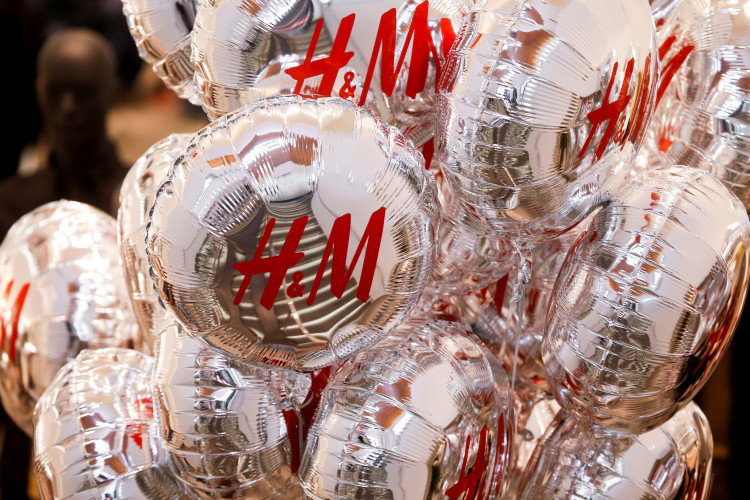H&M is planning to create a new concept store by opening the first store of its kind in Stockholm. It will feature a new look, meant to create a new branch of clothing line for H&M. From budget fashions, H&M will go to a "high-end format."
Stockholm is also where H&M first opened a store. Founded in 1947, the store is currently testing the waters to diversify its brand. Its current clothing and retail concept have already been copied and deployed by its rivals to great effect. This has led to a stagnation of the brand, and to its rivals stealing away long-time shoppers and once-loyal customers.
Reuters reported that H&M's new target is the affluent and well-off local customers. It is studying this as it shifts away from standard clothing offerings to an array of products with more local tastes and classy means. Already, quite a few shoppers have already taken to the new concept. Josefin Klegard, a 38-year-old, said he was attracted by the concept and was already "more inclined" to consider shopping at H&M's new concept store first than in other stores.
The new location features a smaller but glitzy selection of classier clothes. It also has a design featuring more open and free-to-brows shelves, as well as selections paired through color and style. There are also features reserved for "loyalty club members," new concept-posh perks such as 'invitation-only' events and espresso for loyal shoppers are made available at the store.
Karl-Johan Persson, H&M CEO, revealed to Retail Touch Points that the need to raise the level of quality of clothing at the store was real. There was also a need to present fewer items, but these few items had to cater to definite tastes. He said that the main point of the store was to be able to "sell more with less" while doing it in a manner that won't cost as much.
H&M's rapid expansion through the years has resulted in about 4,801 stores spread through 69 countries. It is the second largest fashion retailer in the world, second only to Inditex of Spain which owns the Zara brand. However, it has waned in sales over two years, leaving a deficit of unsold stocks worth $4.1 billion.
The retail chain hopes that with the small experiment, they will be able to apply what they've learned through two years' worth of studies to be able to offer more relevant selections to certain customer bases.






